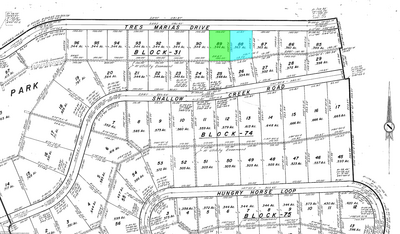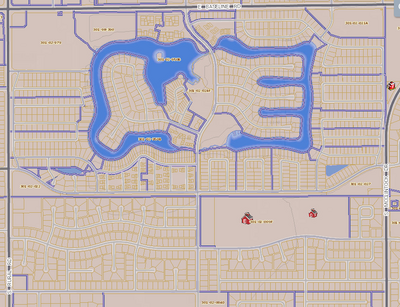
Parcel data contains a wealth of information, and we have Maricopa County GIS parcel data from 2002 – 2017, to help you with your research. The files represent the base data that underlies the online Maricopa County Parcel Viewer, and comes from the County Assessor’s office. But to get the most value from the data, it helps to understand what attributes are stored in what files.
- There are 5 basic parcel shapefiles for each year: Book 100, 200, 300, 400, 500. Each book covers a portion of the county. Unfortunately, these don’t match the boundaries of any of the cities, but you can use the index shapefile to see which book(s) cover your area of research.
- There are 4 sets of attribute data files that can be joined to the parcel shapefiles to get additional attribute information:
- Premium Secure Master Data (in the suppBK100, suppBK200, etc. .dbf files) contains information about the parcel owner, parcel size, sale price, and tax information for all parcels in the county;
- Commercial Master (in the commercial master .dbf file) contains the sub-set of parcels that are classified as commercial property, and has attributes like number of stories and story height;
- Residential Master (in the residential master .dbf file) contains the sub-set of parcels that are classified as residential property, and has attributes like roof type, wall construction material, covered patio, and pool size;
- Land Components (in the land component .dbf file) contains all parcels with attributes like near to lakes, parks, airplane flight paths, and cul-de-sac.

The Maricopa Parcel data files are one of the most popular data sets in the GIS data directory. Feel free to take a look and contact us if you have questions.
by Mary Whelan